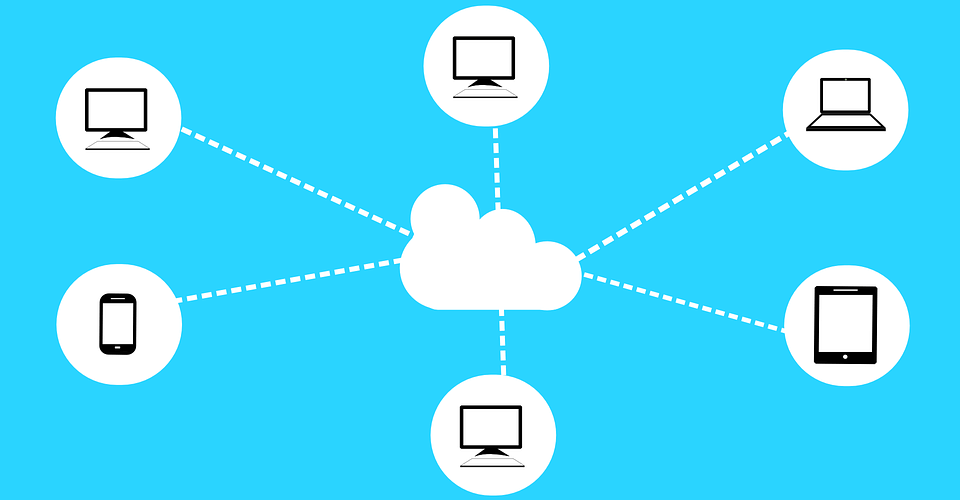Tech Opportunities Optimize Your Business’s Team.
If you’re not using modern tech solutions to optimize your business, you are basically leaving money on the table. Today’s technology environment makes cost-effective operations easier than ever. You can even acquire startup seed money through an online crowdfunding campaign, if you’re savvy enough to maintain it.
One of the best ways to maximize technology is to use it in an employee improvement capacity. That is to say: you want to maximize the assets that are your employees.
Tech trends today specialize in such maximization. For example, if you work in a laboratory, you can use barcode tagging solutions to expedite animal testing, freeing up technicians, use an online clock like Clockspot or the Pomodoro technique - the optimization of the time is a big plus!
An Overview Of Employee-Enhancing Tech Solutions
While there are countless direct tech applications for niche industries, some of the most profitable for general SMBs come from cloud and IoT (Internet of Things) developments. Through an informed application of both, you can continuously harvest data for operational refinement while cutting out useless redundancies and encouraging useful ones; all of which serve to maximize the team of employees making up your business.
For example, when it comes to backup solutions, some redundancy is recommendable.
It’s worthwhile to have multiple backup solutions in order to have protections for multiple unexpected situations. Having an on-site backup in conjunction with a cloud-based backup is a sensible choice. However, you may find that having a comprehensive on-site backup solution is expensive.
You’ve got to purchase the hardware, transport it, install it, maintain it, and test it at regular intervals in order to ensure it works as it should. If you’re using an on-site network for that, then you pay those costs twice: once for the backup, once for your main system. On-site tech must focus on treading IT water, rather than focusing on core needs.
A hybrid cloud solution which cuts out on-site, infrastructural network needs, but maintains backup needs, can get rid of a large quotient of your costs. However, a cloud solution which totally surrogates on-site solutions can save tens of thousands directly every year. Collaterally, even more can be saved: your core IT team can directly support your brand.

A Closer Look At The Cloud
Cloud computing allows you to marry new software applications with daily operations. You can use DaaS, or Desktop as a Service, to “float” your operational interface to the cloud. This means anyone with access to the internet can also access your operational desktop. They can make changes, conduct operations, and function as they would in the office—but remotely.
BYOD refers to Bring Your Own Device, and defines employees using their own tablets, laptops, and smartphones to conduct company business. But instead of conducting that business on their own interface, and then sending that in, with the cloud they can conduct it in real time on your primary network, even using conventional programs.
One of the biggest problems large companies with multiple branches in diverse geographies come up against is non-consolidated networks. Some may be using one kind of software, some another, and the types may be incompatible between branches. On top of that, when your applications are in the cloud and deployed via a service like Azure App Services, you actually have no access to the servers where the applications are stored. That’s why it is advisable to also consider application monitoring services to keep track of all the software performance.
With the cloud, everything can be consolidated not just across the networks of small and medium-sized businesses, but even across vast multi-national companies, saving employees thousands of hours reconfiguring file types and getting to understand
idiosyncratic organizational conventions.
Substantial Potential
DaaS has some surprising implications and vast potential. So does SaaS (Software as a Service) and Hardware as a Service (HaaS). Between DaaS, SaaS, and HaaS, you can very realistically transfer your entire on-site network to the cloud. BDR, or Backup and Data Recovery, solutions can then safeguard your information in the event of emergency.
All that doesn’t even bring into account cloud-based applications. Beyond general operations being performed remotely, transcending the need for an office and its associated costs, with the cloud you can surrogate traditional infrastructural departments like payroll, maximizing useful employees and eliminating the need for others, ultimately optimizing your team.
One way this is being done is through a cloud-based app called Clockspot which, according to the site, allows you to Track employee time from anywhere. Payroll can be done with the click of a mouse in minutes. Granted, you’ll still probably want at least one employee monitoring time to catch anomalies; but you can still cut down on payroll costs.

A Well-Prepared Team
Rather than subject your workers to harsh commutes, they can work from home and take tasks as they come. This is convenient for them, and convenient for you. In fact, you may even see an increase in productivity across your team.
The bottom line is that technology must be put to use by the individuals running your operation, or it doesn’t do anyone any good. Maximizing employee potential is best done through technology, but in the same way, technology is best maximized by proper employee usage of it.
With cloud-based applications and IoT, you can give employees more convenient and effective tools for success. This makes them more profitable, satisfied, and useful. Simultaneously you can cut down on departments that are redundant, as well as infrastructure that is redundant. If you can reduce office space 80%, that’s substantial.
BYOD with a timekeeping app in conjunction with DaaS can transform your business directly, and indirectly through the maximization of employee effectiveness. In such a way, infrastructural tech solutions can save you money and establish your business as a more competitive component of the marketplace.





